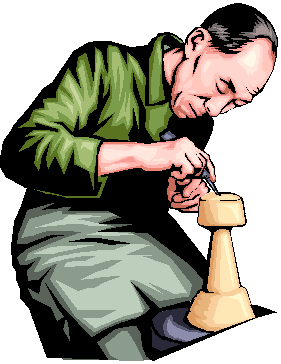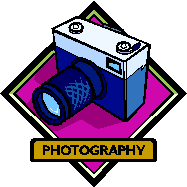


The Purpose of Subject Headings
In the previous course section, the basics of cataloging records were covered, including information about their purpose. These records are created to provide access for library patrons and staff to the materials located in a library collection. One way of providing access is through the author, who is usually listed at the top of the cataloging record. Another type of access is the title, which is also listed near the top of the record. These different ways of finding information in the catalog, called access points, can easily be used by patrons who remember a favorite author or a suggested title, and would like to see if the library has that item.



Library patrons and staff also need to find information by topic. Subject headings are a third type of access in library catalogs. These three basic types of access--author, title and subject--are the most common ways of accessing information in a current library catalog. These three types, plus variations of them, such as illustrator, editor, photographer, subtitle, and series title, are the traditional ways we have of looking up information in a library catalog. The use of computer programs has opened up more options, such as keyword searches, ISBN number, publisher, call number, type of format, and others. The range of access points in a computerized catalog may vary considerably, depending on the particular possibilities written into the computer program being used.
Click the arrow below to continue to the next page